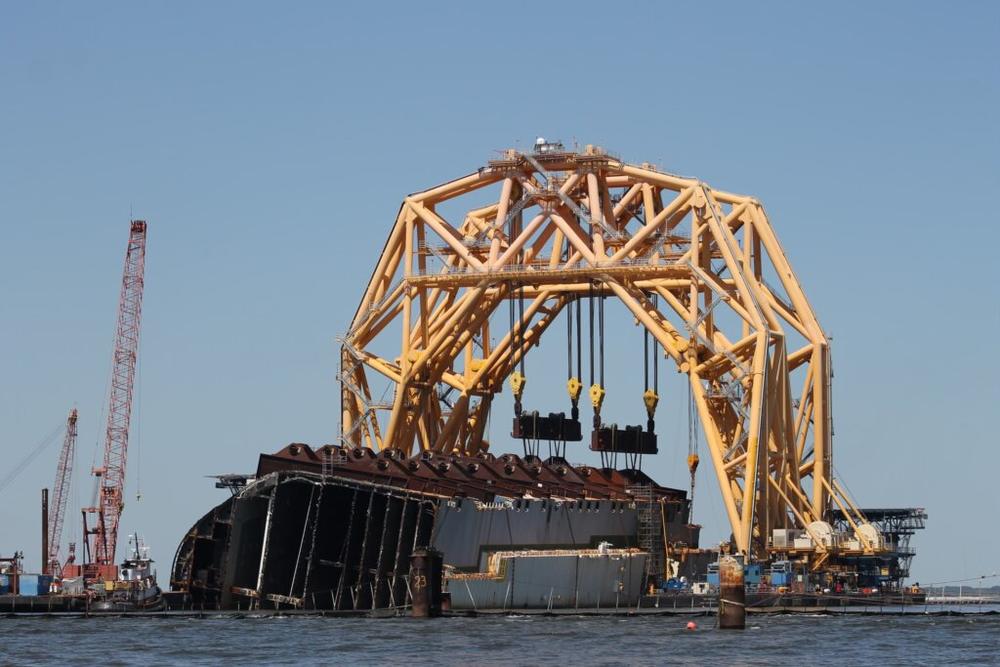
Caption
In the aftermath of the 2019 Golden Ray shipwreck, commercial shrimpers are seeking compensation for damages for loss of business and calling for the remediation of St. Simons Sound and surrounding areas.
Credit: Contributed by Altamaha Riverkeeper

